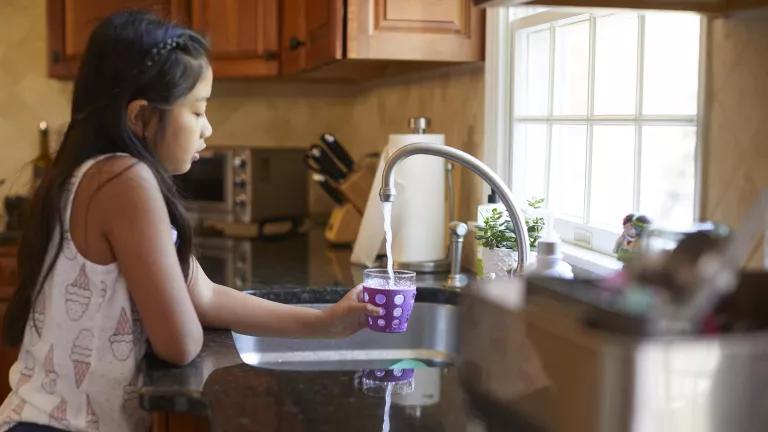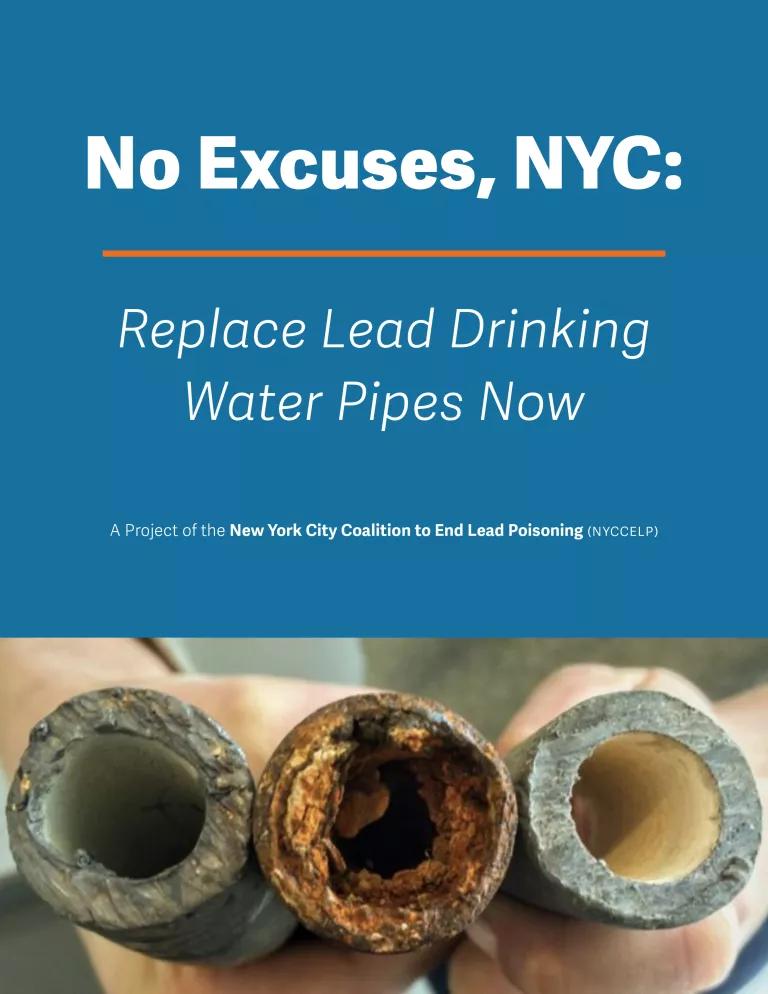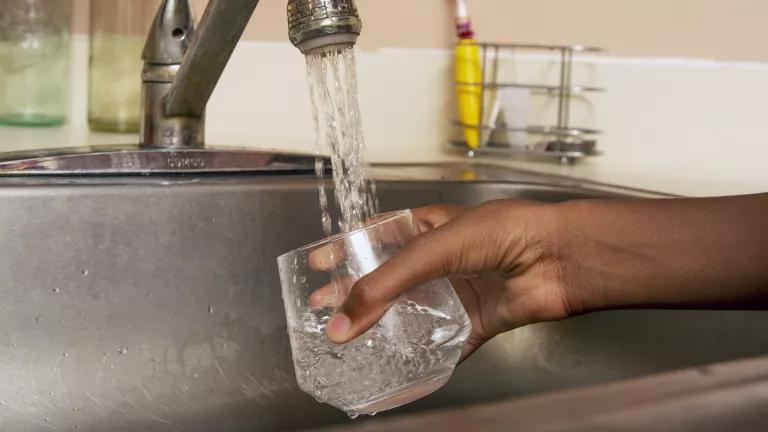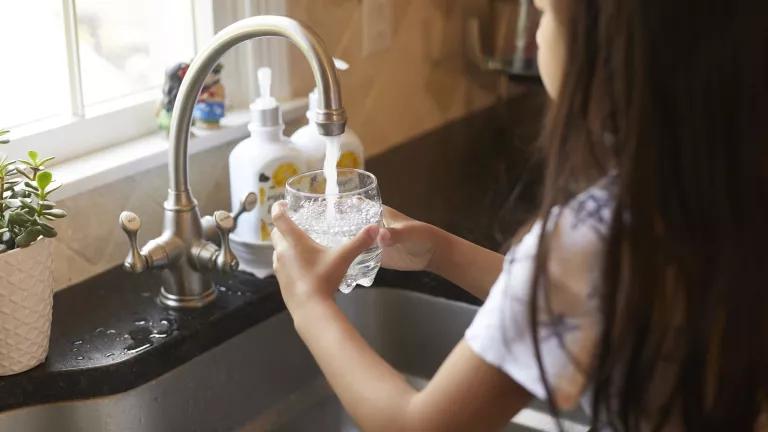New York City: Replace Lead Drinking Water Pipes
One in five New Yorkers may be drinking lead-contaminated water. The New York City Council needs to replace all lead pipes within 10 years, at no cost to residents.

Brian Maranan Pineda for NRDC
Today, the New York City Coalition to End Lead Poisoning issued a report, No Excuses, NYC: Replace Lead Drinking Water Pipes Now, estimating that one in five New Yorkers—21 percent of the city’s residents—may be drinking water transported through lead service lines. Service lines are pipes that connect residences to water mains in the street, and lead leaches from the pipes into the drinking water. Experts agree that there is no safe level of lead, with even low levels of exposure causing serious, irreversible damage to the developing brains and nervous systems of babies and young children.

No Excuses, NYC: Replace Lead Drinking Water Pipes Now
The New York City Coalition to End Lead Poisoning (NYCCELP)
The report explains how the federal Lead and Copper Rule is not enough to protect New Yorkers from lead exposure; outlines the extent of the problem of lead service lines in New York City, including borough and neighborhood-wide data; identifies funding sources to pay for lead service line replacement; and examines Newark, New Jersey, as a case study for lead service line replacement.
The report also urges the New York City Council to pass a law requiring the replacement of all lead service lines in New York City within 10 years, at no cost to the residents. Newark passed such a local law with great success, providing a model for New York City.
The report used NYC Department of Environmental Protection, consumer, and voter database data to determine that in New York City:
- Up to 41 percent of drinking water service lines are lead or possible lead service lines
- As many as 902,974 households have lead or possible lead service lines
- As many as 1,845,119 individuals, or 21 percent of the city’s population, live in a household with lead or possible lead service lines
- The Port Richmond neighborhood in Staten Island has the highest lead/possible lead service lines (61 percent) in the entire city, while Fresh Meadows in Queens has the lowest rate (21 percent).
Generations of children will not achieve their full potential because they have been poisoned with lead, especially in communities of color and low-income communities. New York City has the opportunity right now to take major steps to ensure safe drinking water for all by using federal, state, and local funding. As the nation’s most populous city, New York must act to protect its residents from lead exposure by embracing the same political will seen in Newark’s transformation.
This blog provides general information, not legal advice. If you need legal help, please consult a lawyer in your state.



